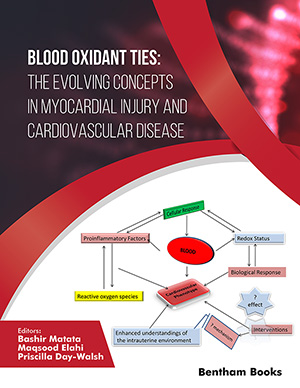
Abstract
A chronic total occlusion (CTO) describes a completely occluded coronary artery. This type of lesion is found in about 18% of all significant lesions in patients with coronary artery disease. A system of collateral connections are observed in almost all of these lesions, which have the capacity to prevent myocardial necrosis and may even uphold metabolic supply to the territory distal to an occlusion to maintain full contractile capacity. During exercise these collaterals are limited in their functional reserve, and more than 90% of patients with a well collateralized occlusion will experience ischemia. in the absence of ideal animal models that mimic the human collateral circulation, we need to rely on studies in man. The knowledge of collateral physiology in man has increased considerably over the past two decades with the advent of intracoronary sensors of coronary pressure and flow velocity. A number of basic physiologic questions have been answered by these studies. The blood supply through coronary arteries depends on a complex array of in general serial resistance systems, with an additional array of multiple parallel resistances on the collateral level.
There seems to be a great interindividual variability in the ability to recruit preformed collateral connections in the case of an epicardial occlusion. Collateral function can develop to a similar functional level in patients post myocardial infarction with large akinetic territories as it does in patients with normal preserved regional function. The presence of viability is thus not a prerequisite for collateral development. The question of practical relevance in the era of interventional therapy of chronic occlusions is also, whether a patient with coronary artery disease will remain protected by collaterals after removing the obstruction in the collateralized artery, or whether collaterals regress and lose their functional capacity. Both developments are observed again mainly depending of individual predisposition.
Keywords: Coronary artery disease, Stable angina pectoris, Chronic coronary occlusion, Collateral circulation.
















